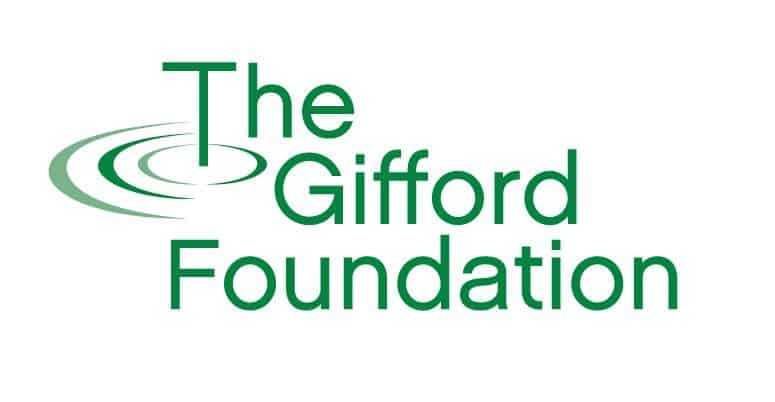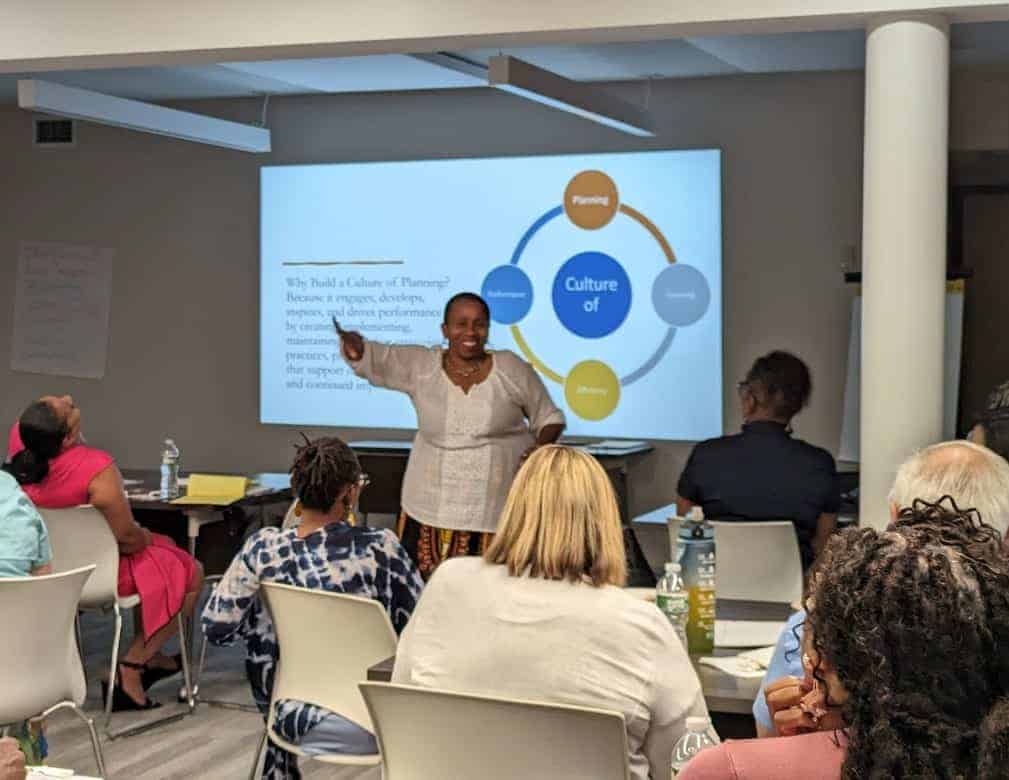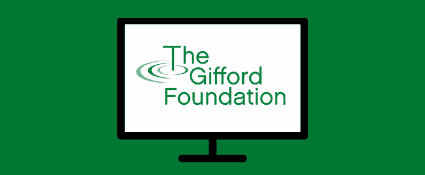4 Essential Grant Writing Strategies
Published August 14th, 2023
Consultant Babette Baker led members of the Central New York nonprofit community through a comprehensive two-part series exploring strategies for writing successful grants.
Looking back on the experience, we highlighted some of the key ideas that resonated most with the audience and shaped the foundation of the class.
#1
Master the Introduction: Practice Your Pitch
Can you explain what your organization does to someone outside of your industry? All too often, people in a particular field are so close to the details of their work that they forget how to talk to someone who isn’t familiar with it. Even if your nonprofit delivers many different services and operates within a complex community network, you should be able to break it down into a short, simple, and clear message that ties directly back to your mission statement.
Consultant Babette Baker recommends the “27-9-3” rule: your statement should be no more than twenty-seven words, nine seconds in length, and contain three points. For example, “We are a Syracuse based nonprofit that provides nutritional food access to low-income communities through outdoor markets, agricultural partnerships, and meal delivery services.” This should be a practiced, easy-to-say pitch that everyone on your staff and board should be able to confidently repeat – regardless of their position. It should avoid jargon and acronyms that outsiders are unlikely to understand, and it should match the longer form description of your agency that you would write into a grant proposal.
Keeping this mission statement in mind will accomplish two things: it will help prevent mission drift by always bringing you back to your primary focus, and it will help make everyone in your agency a better community ambassador by teaching them to quickly and accurately share your work within their own networks.

#2
Get “Grant Ready” Before Applying
The process of grant writing begins before putting pen to paper. Ensure that you have already gathered the basic information and documents that you will need to provide to most funders, such as your recent financials, documentation confirming your nonprofit status, a list of your board of directors, and text describing your mission, vision, and history. This “grant toolkit” should be stored in an accessible location, like a shared folder on your cloud, so that other key employees can access it and so that the data is backed up. Take a moment to confirm that a trusted employee, board member, or organizational ally will be available to help proofread your application before the deadline (and ensure that they will have enough time to provide feedback).
Start a grants calendar that tracks the application periods and grant deadlines for the funders you want to approach (there’s nothing worse than finding out the application deadline was last week). Setting preprogrammed reminders in your calendar will help you avoid missed opportunities and ensure that you have enough time to prepare. Since most grants are cyclical, you can usually find the application timelines on the funders’ websites.
Finally, take time to develop a clear idea of which grants are right for you. Many nonprofits make the mistake of “chasing funding” by reshaping their agency or adding new programs simply to become eligible for a grant they want. All too often, this spreads the agency too thin and leads to mission drift where they are no longer addressing the core issue that they were created to solve. By staying true to your mission and programs, you can have a sense of which grants might be right for you before you even begin to formally search for them.

#3
Know the True Cost of Your Programming
This may seem like obvious advice, but one of the most common mistakes that grant writers make when drafting a proposal is underestimating the true cost of their programming. Overlooking key expenses means that the organization will have to scramble later on to fill those gaps, often by pulling resources away from other areas within the agency – or in extreme cases – by having to close down the program or service altogether.
Let’s assume you are writing a grant to support a program you plan on running next summer: have you included the cost of any permits or insurance that you will need? Have you estimated the percentage of staff time that each of your team will give to this project? For example, if your Executive Director will spend 10% of their working hours directly overseeing this program, you should calculate the salary and fringe benefit value of that time and add it to the program cost.
Once you have an accurate breakdown of your program costs, the next step is to compare this to the eligible expenses within the grant guidelines. Some funders will not fund salary expenses, in which case you would want to demonstrate that your request addresses other areas of the budget. If a grant application asks you to list in-kind support for your program, you may be able to include the calculated dollar value of volunteer hours as evidence of existing support. The organization Independent Sector lists a volunteer’s value in New York State as being $35.71 per hour, which adds up quickly if you are applying it to a matching grant.
In short, maintaining an accurate summary of your program costs will help both you and your potential funders. Once calculated, these figures will ensure that your internal budgets are more accurate and will also enable you to more easily see which areas of program support align with a grant’s guidelines. It will also help demonstrate to potential funders that you have done your homework when it comes to the details of program delivery. Most importantly, having an accurate framework for your program costs will prevent your agency from accidentally taking on more than it can handle which leads to underperforming programs, internal stress, and reputational damage.

#4
Anticipate the Limits of Grant Funding
Grants from philanthropic foundations are undoubtedly an important resource when it comes to supporting nonprofit organizations. However, it is essential to put the scale of this support into context: according to a report from The Nonprofit Times, only between 3% and 4% of all nonprofit revenue comes from foundations. In fact, most nonprofits earn roughly twice as much income from individual donors as they do from foundations each year. This tells us that although foundations can fill essential gaps in support, they will almost never be able to provide enough dollars to keep your agency up and running in the long term. Understanding this early on can help you prepare by developing a range of other funding streams to support your work as you grow.
So how do nonprofits earn most of their income? More than 80% comes from charging their clients fees for services or from earning service-based grants or contracts from the government. To learn more about diversifying nonprofit revenue, click here.
In the event that you do have a program that is grant funded, this means that you should also have an exit strategy. The inherent instability of grant dollars means that you never know when that grant will be discontinued. To get started means tackling some challenging questions and tracking the data to build your assessment: are there opportunities to partner with other agencies as a way to lower the strain on your own resources? Has the community need changed since the program first began? Do you have the qualitative and quantitative data to back up the impact of your work?
Lastly, keep in mind that while foundation grants may only represent a minority of your annual income – there are many other ways that they can help: developing a strong relationship with your regional funders can be a pathway to access workshops, professional development opportunities, connections to other funders, qualified board members, and many other non-grant resources.

Subscribe to the Gifford Newsletter
Start enjoying our free quarterly publication today.



